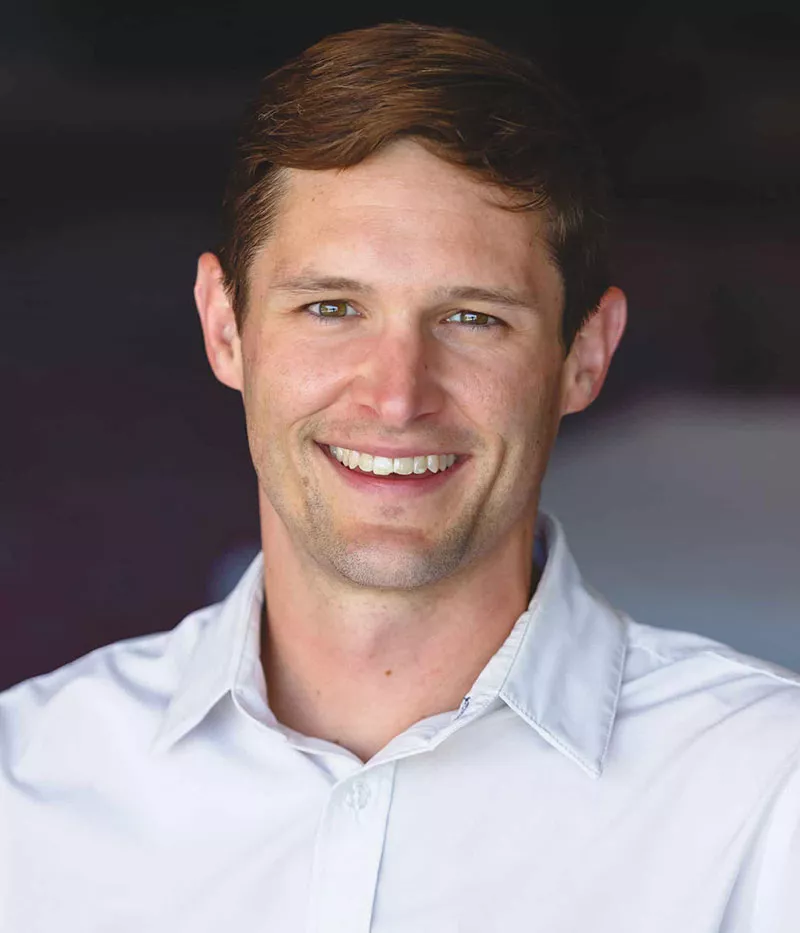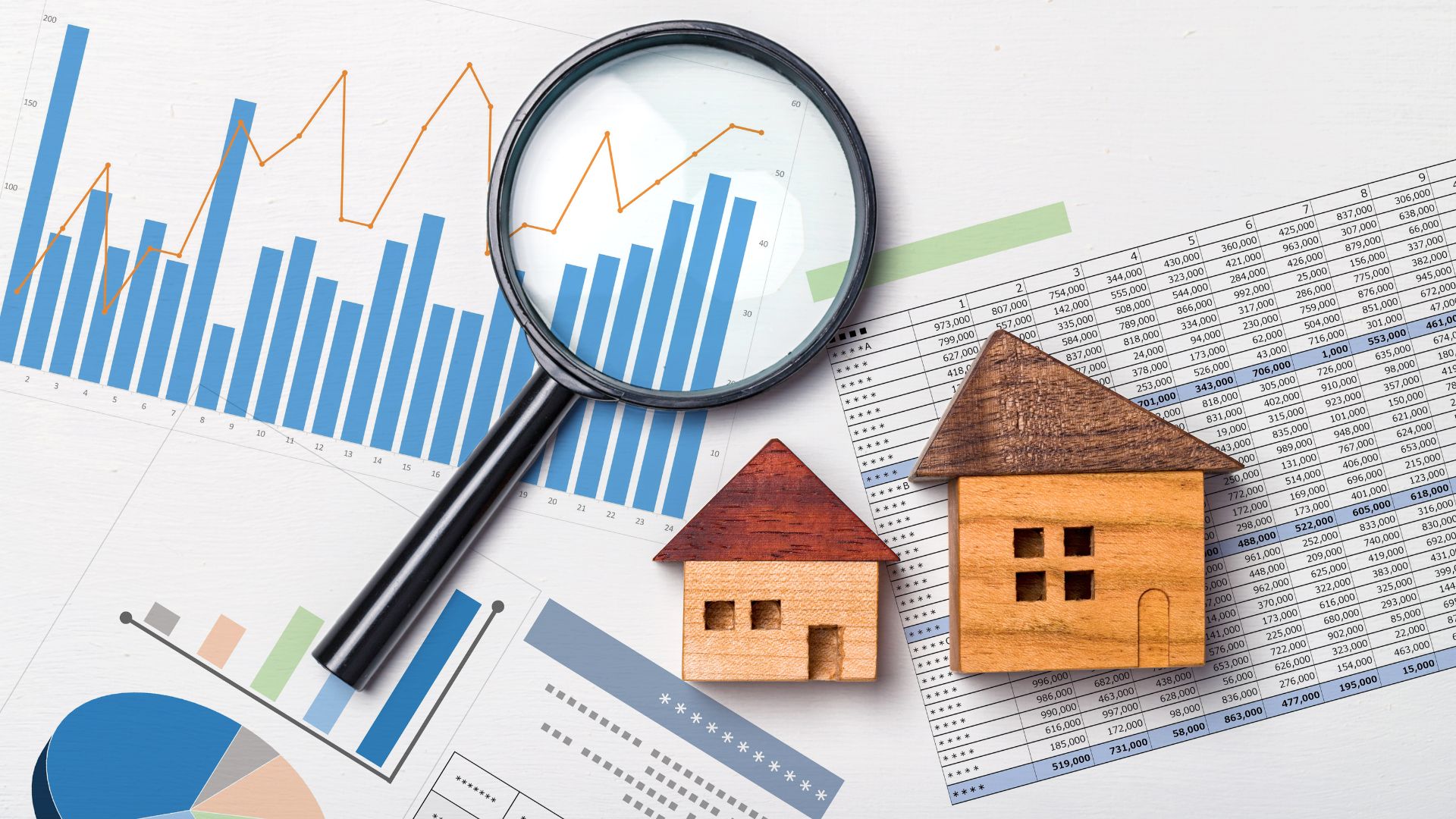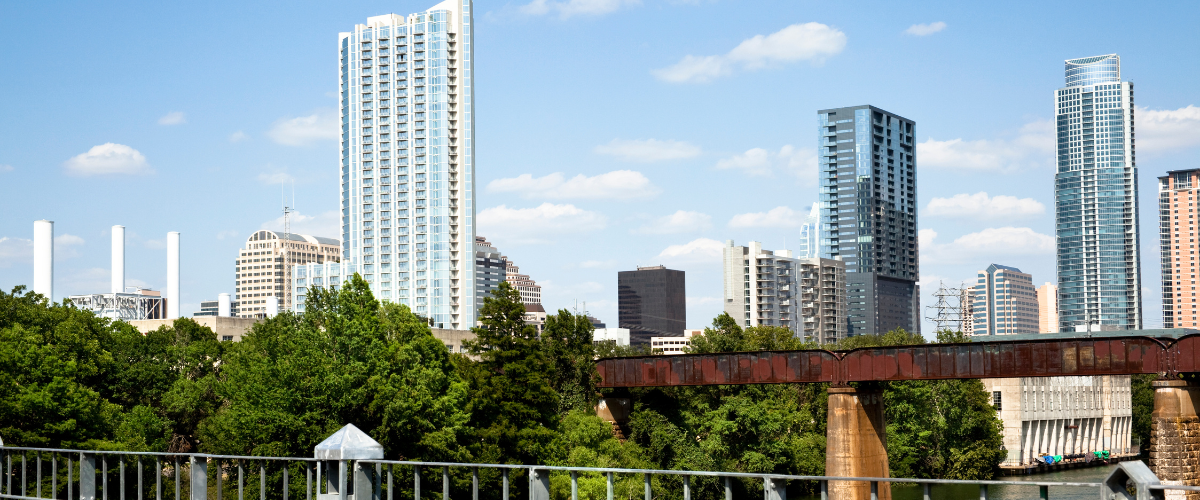We woke up on February 15th to a strange and beautiful site in Austin, Texas. There was over six inches of snow in our yard and all over our state. The winter storm that had been talked about and prepared for, was finally here. And it was beautiful.
Over the next 5 days, the novelty and beauty of a fresh snowfall wore off, as temperatures got colder, set records and crippled the power grid in Texas. Millions were without power and water–including friends and family of ours. Every single one of our assets was affected in one way or another. We had little choice but to spring into action to help our friends and family, and work to maintain our assets.
That winter storm certainly taught us many lessons about asset management. As we reflect on the storm and the fallout–we’re still dealing with the issues from over 100 units in our portfolio flooding–today’s article offers a chance to highlight our big learnings and takeaways from a truly unprecedented weather event.
#1. We’re grateful to be local.
We talk a lot about the benefits of investing in our backyard of Austin and San Antonio–but this storm reinforced that belief. The headlines didn’t really do it justice. 6” of snow and single digit temperatures aren’t that irregular for many parts of the country. But they were a huge deal for us, and our infrastructure wasn’t prepared for it. As our assets lost power and water, we understood what was happening in real time because we were experiencing it with them. As we talked with our managers throughout the week, we could empathize with them–as we all dealt with no power and no water in both our personal and professional lives.
Being local also allowed us to get on site quicker to assist and assess the damage. As the thaw started to occur on Friday and Saturday, we were able to get out and see first hand how things looked before the airport even opened back up. Had we been investing from out of state, our anxiety levels would have been high as we waited to be able to fly in to help.
#2. We’re humans before we’re businessmen.
To be sure, this was a catastrophe for our city and our state. Similar to the pandemic, it didn’t discriminate based on income or ethnicity. Homes and apartment buildings, new and old all had issues. But in that chaos you saw the human spirit kick in. We were working hard to make sure our residents were ok, were comfortable and were as safe as possible.
At one asset, the power was off for five days. The temperature inside the units was in the 30’s. We paid for a bus to pick up the residents and take them to one of the City’s warming stations, and didn’t blink twice at the $3,000 charge. At another asset we sent in food trucks to provide meals as the water was off for several days and dirty dishes piled up.
At another asset, we still have some units that don’t have hot water as the boiler system was decimated with the on/off/on/off of power and water. There we’ve opened up a few vacant units and set up a scheduling system for residents to take hot showers.
In all these cases, our focus has not been on the immediate bottom line, but in helping care for our residents. Yes, we think it will pay dividends in the future–but that’s not why we did it. We simply wanted to make sure our fellow Texans were warm, and had food and water.
#3. We’ve built a great team.
When you experience tough times, you get to test your systems and see how well constructed your business is. This storm presented many challenges that really stress tested our teams and our systems. Reflecting back on it now 30-days later, I feel great about the team we have built.
In the first few days after the storm, the whole state was dealing with burst pipes that flooded units. Plumbers were near impossible to find and restoration crews were getting booked up.
At Wildhorn, we were able to leverage our General Contractor to assist our onsite teams in starting the remediation process. Pulling up wet carpet, bringing in fans, cutting sheetrock–documenting the whole process for insurance. Then walking 100% of all units to make sure there weren’t any slow leaks that hadn’t been reported yet. Finally, fixing the minor issues that were mostly cosmetic to units.
By having a vertically integratedVertical integration in real estate investing is the strategy of owning and managing multiple stages of the process, from acquisition to management. Vertical Integration refers to a strategy where a company expands its business operations into different steps on the same production path. In simpler terms, it's when a company owns or controls its suppliers, distributors, or retail locations to con... View Definition approach to construction, we had the resources to move chess pieces around the board and get the big issues dealt with quickly. And since we have a warehouse full of materials like flooring and lighting, there’s no wait time to repair and improve the units that were affected. Within a week of the storm, we had an assessment of the whole portfolio and had already fixed the big issues that had popped up. Today, we’re hearing of assets that are just now getting construction teams on site, and learning of over 50 units that need repair and residents are being forced to move out. With our restoration efforts largely complete, we’re in a position to boost our occupancy even further because we have available units thanks to the swift work of our team.
#4. We have awesome people that work with us.
We’re grateful for the team and systems we’ve built. But those systems don’t work without caring people on site. This storm highlighted that for us in a lot of ways, and we had multiple staff step up and go above and beyond to take care of their community and the residents.
In several instances, we had maintenance team members drive to their property and literally move into the model unit for a few days. Models that had no power and were 30 degrees. All so that they could help fix plumbing leaks, respond to calls, and even climb on roofs to cut down gutters that had frozen and were shooting water into units.
The team members that we have that live on site showed up every day, opened the office and helped take calls from residents. They answered questions, dealt with high emotions and showed compassion. They even got some virtual leases signed.
The commitment they showed inspires us to work hard for them and to give them the tools they need to be effective at their jobs. It is clear they care about what they do, and we like to think who they work for.
Thirty days out from the storms, the weather is back to 80 degrees and the grass is greening up for Spring. It was a challenging few weeks for all our state as a whole. But we learned a lot about ourselves, our team and our resolve. We’ve certainly come out of it better than we entered into it, and know we’ll be talking about Snovid for a long time around here.








